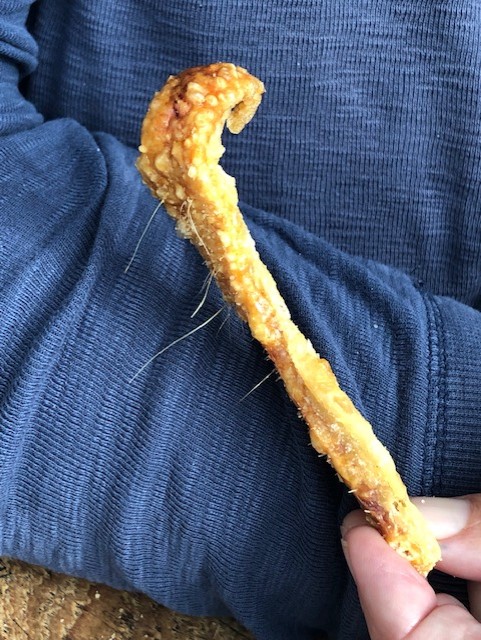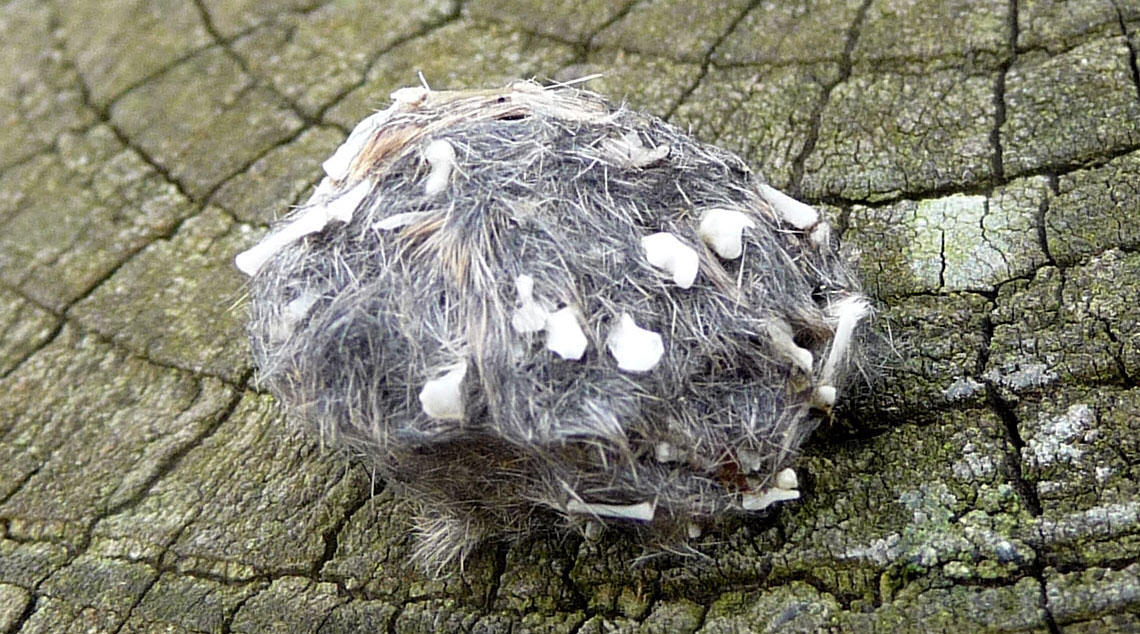As Nick and I entered the restaurant, I knew the food could not possibly meet our expectations. “Pig,” a farm to table restaurant located in the countryside near Bath, England, had been recommended by a local friend when she heard that we would be staying in the Cotswolds. “Best meal of my life,” she said, “We stayed for hours.” When my husband mentioned the restaurant to a business colleague in London, he expressed jealousy at our reservation. We both flushed with pride at our insider’s knowledge.
Our first decision as we left the Cotswolds was who would drive and who would navigate. I frankly suck at navigation. Over the years I have learned that I should be the driver, but Nick felt more confident driving on the wrong side of the road. Pig was about an hour and a half from our Cotswold VRBO and we set off with a sizable cushion of time to wander around the farm to see farm to table in action, including the namesake pig pens.
We chewed up that time-cushion immediately as I had to make consequential snap distinctions between slight and sharp lefts and navigate round-abouts that sent us in misguided directions with no escape. While the restaurant was on the outskirts of Bath, a reroute took us into the tangle of narrow one-way streets in the congealed heart of the ancient town. We arrived at the restaurant tense, barely speaking. It had taken us over an hour and a half to drive the 40 miles. The food had a lot to make-up for. I didn’t think that a meal could be that good.
The waiter handed us the menu titled “26-mile menu,” referring to the circumference of their suppliers. I wanted to try something quintessentially English and the waiter recommended their cracklings. He pointed to the boisterous diners next to us who were digging into a platter of cracklings and I heard them say, “Brilliant.” I looked forward to my platter.
If I had been at all familiar with Southern US cooking, I would have known that cracklings are a version of pork rind, which vary according to the thickness of attached fat. If I had been familiar with Mexican food, I might have realized that cracklings were a version of chicharrons. All are salted and deep-fried.
If I’d known I would have passed on the cracklings. I’m generally unenthusiastic about eating skin. I leave turkey skin to others at Thanksgiving and peel the skin off chicken breasts. For me, a bucket of the Colonel’s finest, slathered with a secret mélange of 19 herbs and spices, is more of a visual reminder of the disfiguring skin diseases I encountered in my pathology residency.
These British cracklings were wretched, brittle enough to tooth. Tasteless as well, unless you had a compelling hankering for salt. This was only the opening salvo in my repulsion. The cracklings were festooned with upright hair robust enough to weather the deep fryer.
I will concede that in my lifetime, I have probably consumed a headful of inadvertent hair. I also concede that a disgruntled kitchen worker might have slipped a hair into food in a paroxysm of misguided revenge. But I have never been presented the opportunity to deliberatively snack on hair.
Nick and I delighted in our ensuing discussion about eating hair, enlivening our lunch and lifting our sour moods. Food can only be so good even it is farm to table, but this food was unremarkable. However visibly hairy food is a sure way to make a restaurant unique and memorable.
We discussed who eats hair – aside from moths and carpet beetles. We couldn’t think of any mammals. Hair is protein, so it could be a decent food source, but we discovered that mammals lack the necessary enzymes to break down the sulfide-rich amino acid bonds. When we take walks on our local prairie, we distinguish dog and coyote scat by the coyote’s embedded hair. Owl pellets beneath trees contain the undigestible bones and hair of their prey.
Researchers tracking elusive grizzly bears dissect spoor to determine whether any hair belongs to a grizzly. Cats and other self-groomers routinely cough up hair balls.
My British pig hair was not microscopic stubble, but full-on bristles. A perusal of the internet suggests my visceral reaction to hairy pork rinds is not uncommon. The solution should be simple. The hair can be removed with a butane lighter, though the sulfurous smell of burnt hair might be off putting. Alternatively hair could simply be shaved off to avoid visual nastiness.
Nick and I could only conclude that the hair at this restaurant was intentional and the waiter agreed. I suppose it could be a celebration (in the extreme) of the farm to table ethos, but that is a generous interpretation. Maybe hairy pork rind is a quirky but classical British dish, similar in concept to their “spotted dick,” a pudding with a disturbing visual. I then thought could the international disdain for our president tip the love-hate relationship with American tourists and prompt punitive culinary sabotage? Back there in the kitchen could there be a bin of cracklings for Brits and a separate one for Americans?
We left the restaurant not well-fed, but thoroughly entertained. Our return trip was scenic and snafu-free. The curiosity of eating hair had salvaged the day.
Follow Liza Blue on:
Share:



Your story is so typically British though it reminds me of country pubs in the Cotswolds in the early 70s – and not the 2000s! I remember being repulsed by Steak and Kidney Pie, laughing at Toad in the Hole and horrors – Spotted Dick. When I returned to the US I used to make Syllabub at Christmas which is surprisingly tasty.